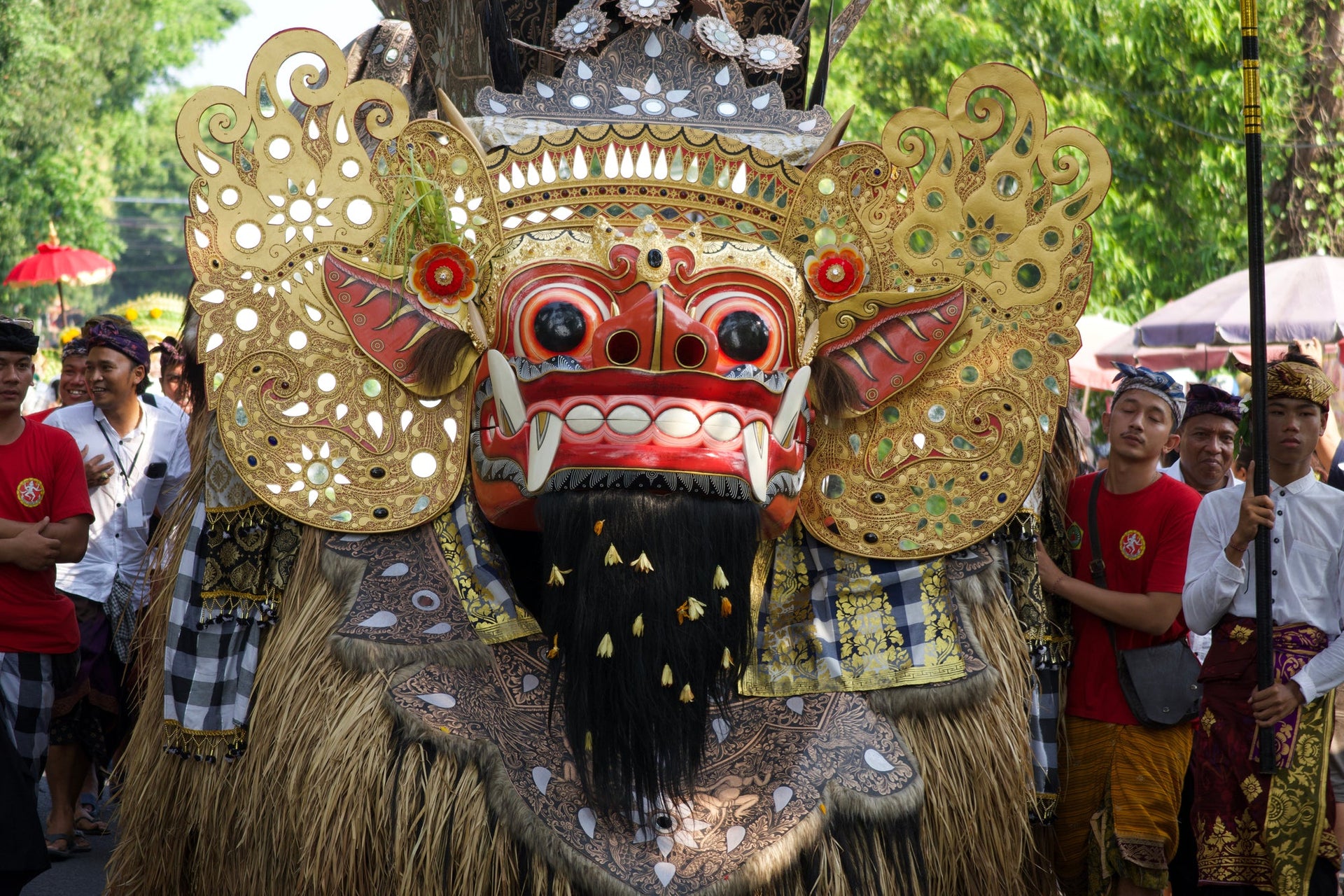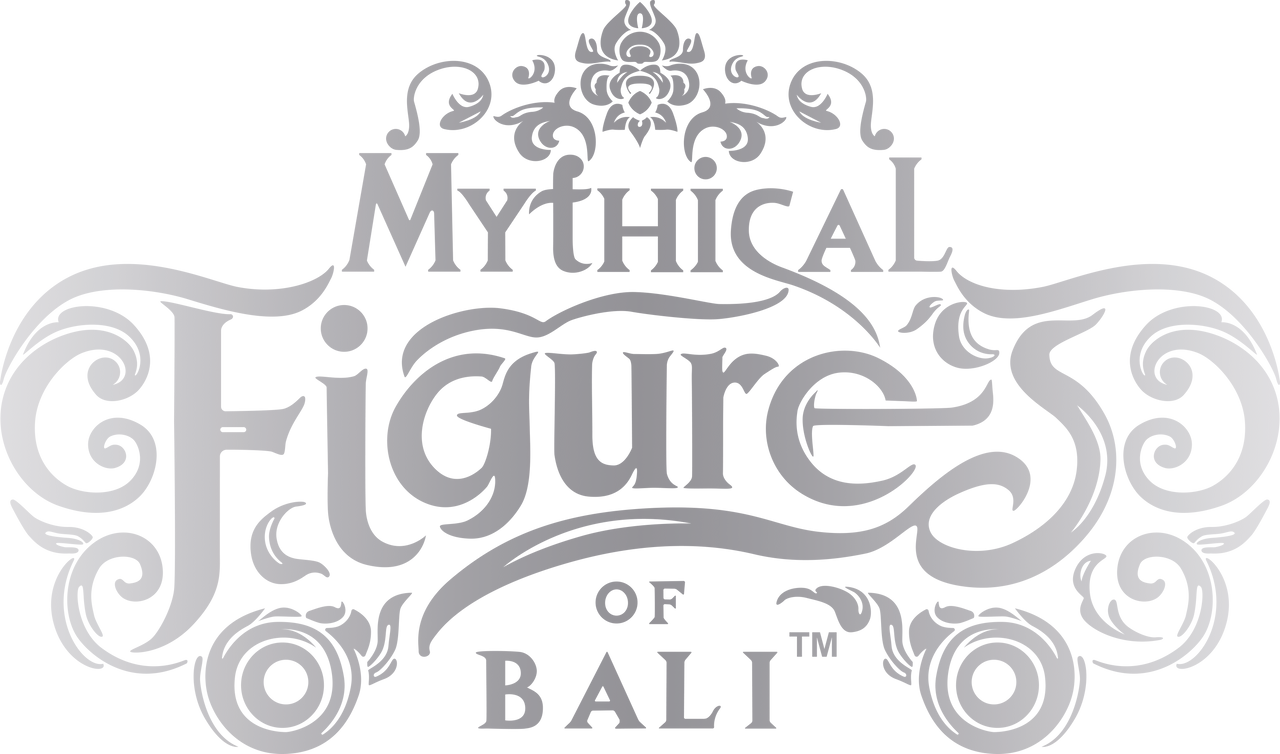
The Barong: Protector, Guardian, and Mythical Icon of Bali
In the heart of Balinese mythology, one figure stands as the unwavering guardian of light: Barong—the king of spirits. Fierce yet benevolent, he is the eternal symbol of protection, courage, and spiritual balance.
Barong is not a god, but a guardian spirit. He appears in countless forms across the island—carved in temple walls, danced in sacred ceremonies, and honored in household offerings. In his most iconic shape, he takes the form of a lion-like creature with ornate fangs, bulging eyes, and a headpiece crowned in gold and mirrors. But behind the dramatic costume lies something much deeper: the embodiment of good, order, and healing energy.
In traditional Barong dance performances, Barong battles the witch Rangda, the force of chaos and darkness. The battle has no final victor—because in Balinese belief, life is a constant cycle of harmony and tension. Barong does not defeat evil once and for all. He restores balance.
This is what makes Barong so revered. In a culture rooted in ceremony and spiritual connection, he becomes more than a character—he is an active protector in the everyday lives of Balinese people. His presence can be felt in village processions, temple festivals, and offerings placed at doorsteps with morning incense.
When designing the Mythical Figures of Bali™ collection, Barong was the first figure to take shape. His symbolism goes beyond mythology—he represents resilience. Hope. The daily act of keeping darkness at bay.
The Barong charm is crafted in 925 sterling silver, its detailed features inspired by traditional mask carvings seen in Ubud and surrounding villages. From the flowing mane to the wide, watchful eyes, every line is carved to honor the visual language of Balinese performance art. And while the material is modern, the soul of the piece remains ancient.
Wearing the Barong bracelet is more than an aesthetic choice. It’s a tribute to Bali’s spiritual heartbeat. It’s a wearable story—one that connects the wearer to the island’s deep-rooted belief that strength is not in conquering, but in protecting.
This is the legacy of Barong. Fierce yet kind. Ancient yet alive. Carried forward in silver and story, now shared with the world.
